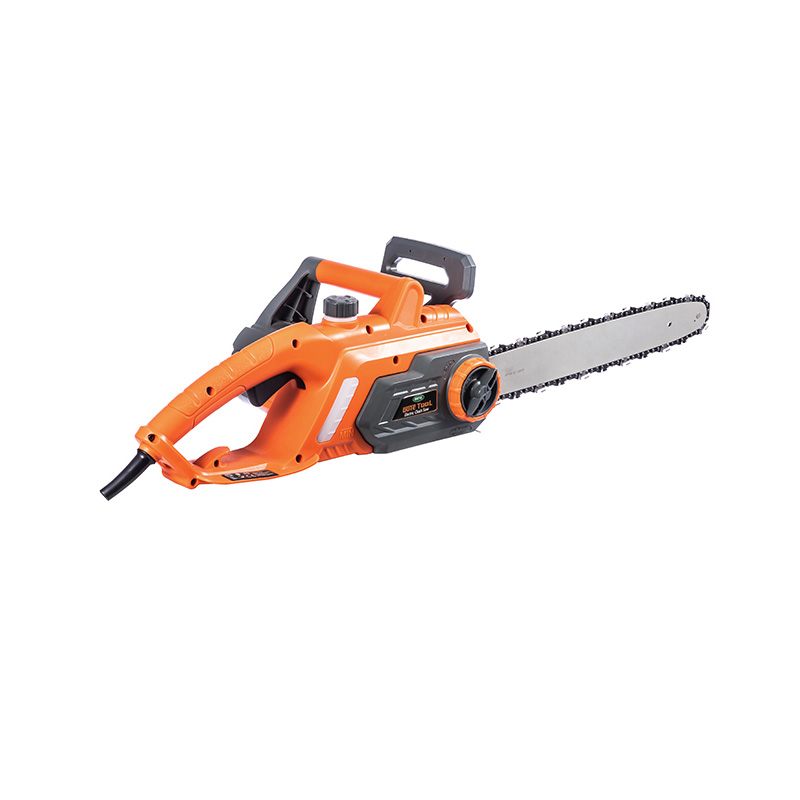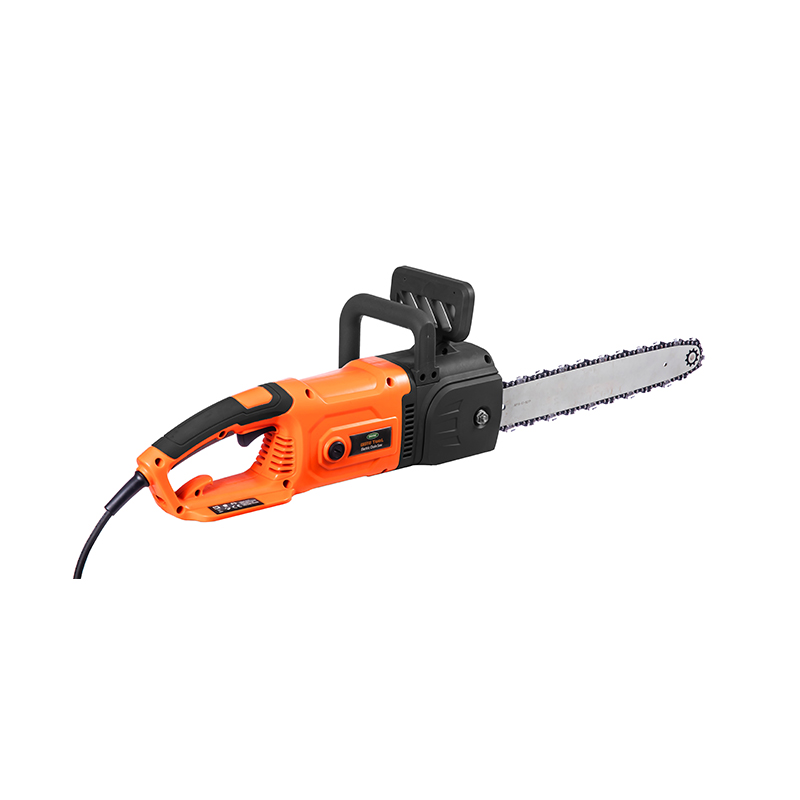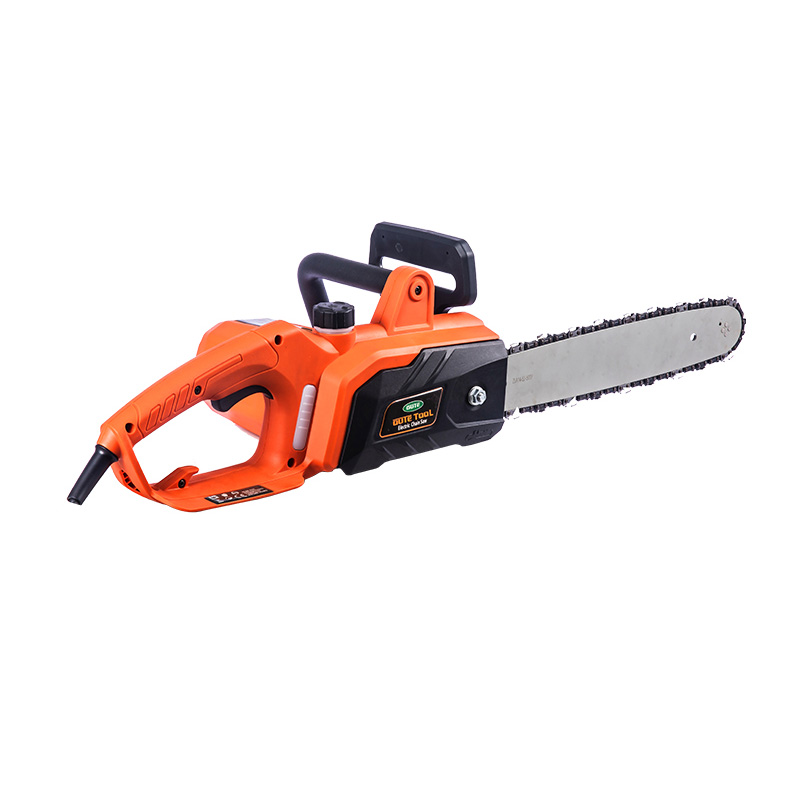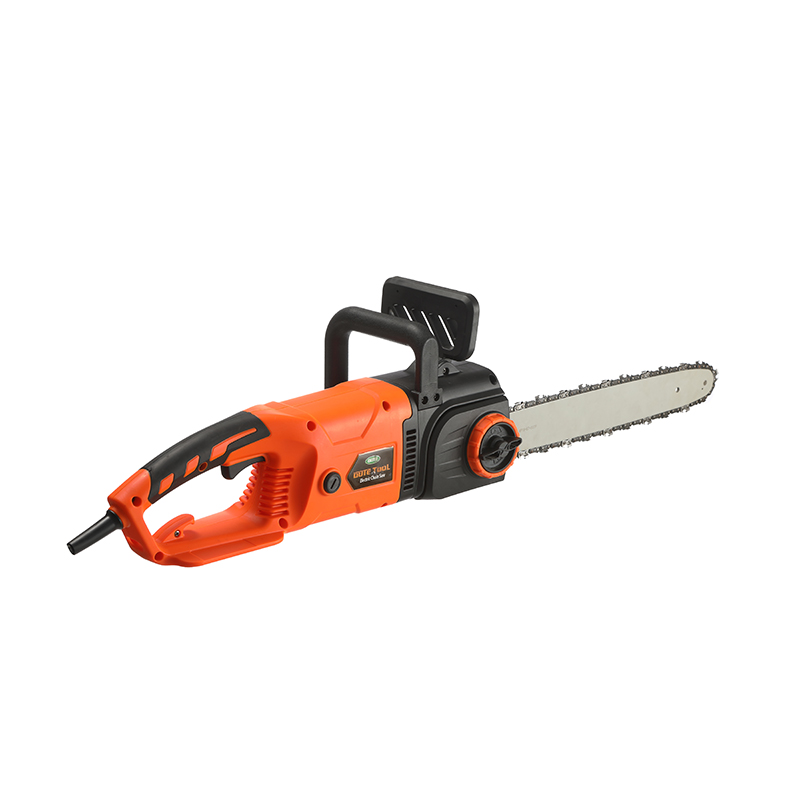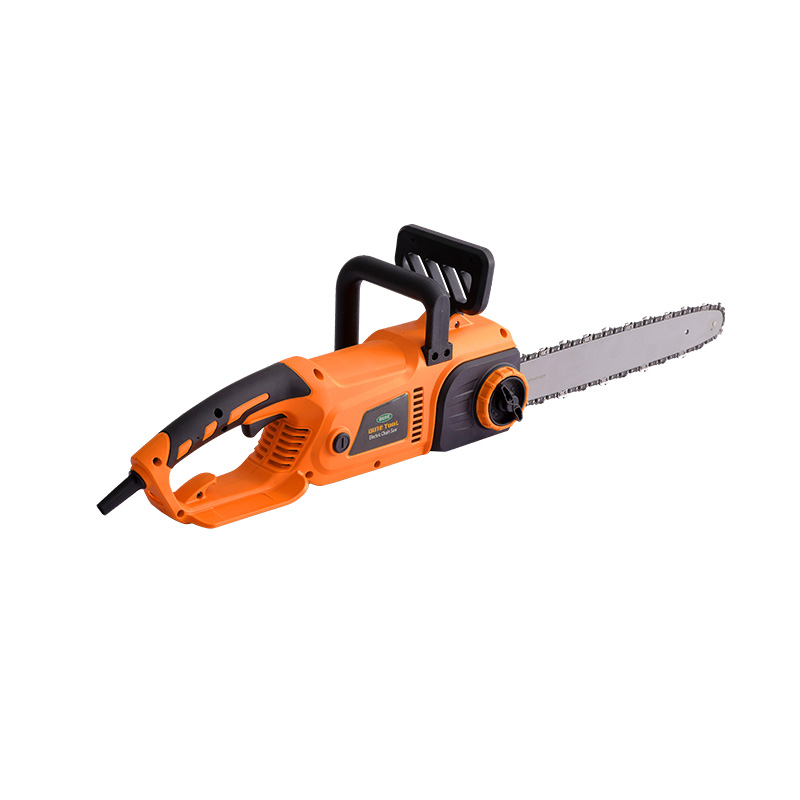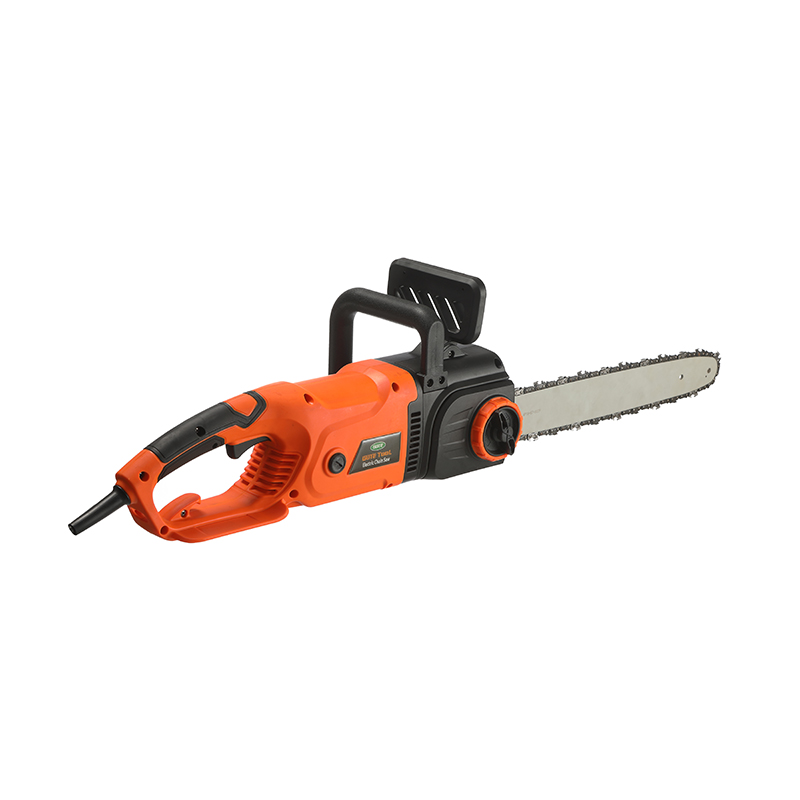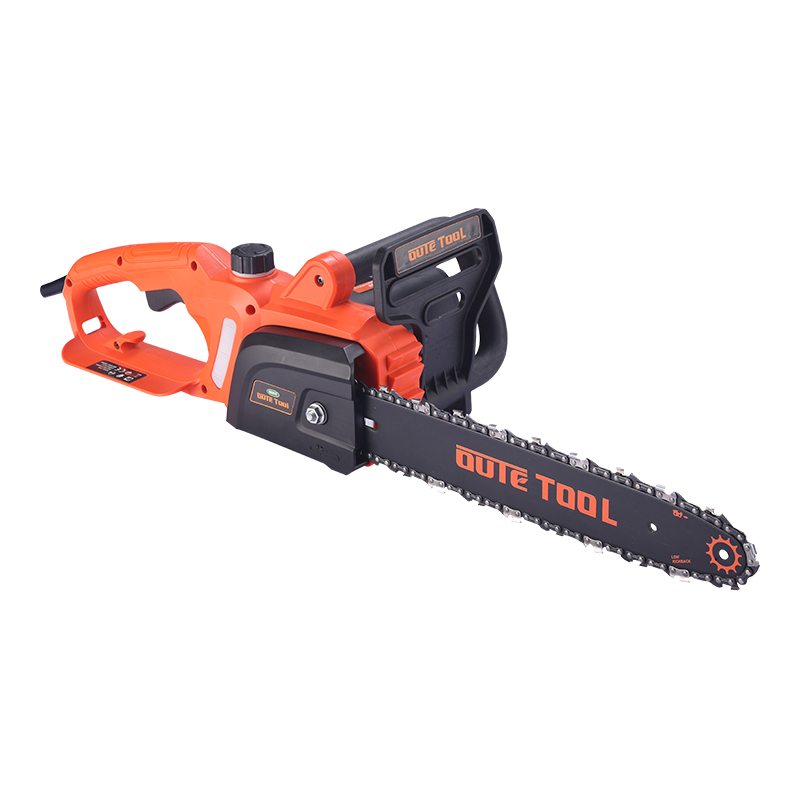In forestry, landscaping, and property maintenance, the chainsaw is moving from a niche purchase to an everyday tool. As projects shift toward quieter, lower-maintenance equipment, the chainsaw offers a practical mix of safety features and steady output. Manufacturers have focused on designs that reduce routine adjustments and keep the bar and chain performing predictably under changing loads, helping the chainsaw fit both professional and homeowner schedules.
The visible feature in a modern chainsaw is the automatic chain brake. Using an inertia mechanism, the chainsaw halts the chain when kickback forces are detected, minimizing risk during awkward cuts and storm-cleanup work. Because the response is mechanical and immediate, the chainsaw can maintain control without added steps from the operator.
Another safety-focused addition is the mandatory misoperation alarm. This system detects abnormal operating patterns—such as starting with the brake engaged, activating the throttle without proper grip, or attempting to cut with the chain cover open—and triggers both an audible and visual alert. By warning the user before the cut begins, the alarm prevents unsafe actions that could damage the machine or cause injury. For crews with varying skill levels, this feature adds an extra layer of protection and reinforces proper handling habits.
Another standout feature in a modern chainsaw is the manual chain tensioning system that uses a turn-wheel adjuster. Instead of relying on sensors or automatic mechanisms, the turn-wheel allows the operator to quickly set and secure the desired chain tension by hand. This hands-on control is valued by users who prefer a precise, mechanical feel when tightening. Chain stretch happens as metal heats and cools; with the turn-wheel, adjustment is fast and tool-free, letting the operator lock the tension exactly where it needs to be. The result is a chain that stays securely in place during cutting, reducing the chance of derailment, improving cut consistency, and extending the life of the bar and chain—all without the complexity of an automatic system.
Lubrication is another place where thoughtful engineering makes a difference. Rather than feeding oil at a constant rate, the chainsaw meters flow according to chain speed, wood density, and run time. By matching oil to workload, the chainsaw reduces mess, trims consumption, and protects drive links and the bar groove during long cuts.
Electric versions add load-sensing control. When resistance rises, the chainsaw increases torque; when the cut clears, it eases back to conserve energy. That modulation helps the chainsaw sustain speed in dense hardwoods without drawing unnecessary current in softer stock, which is useful for crews moving between trimming, bucking, and light felling on the same day.

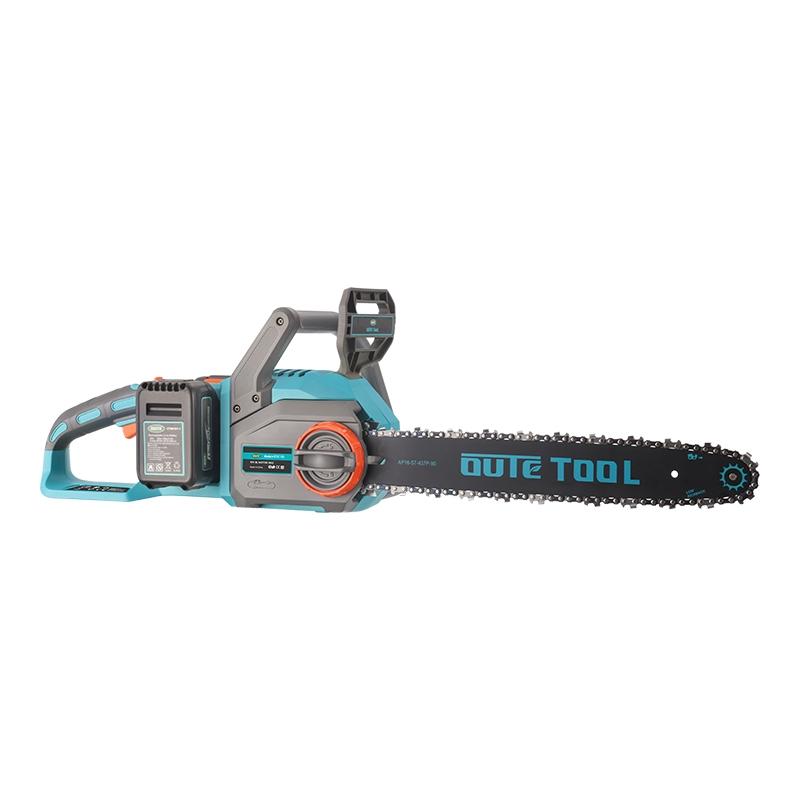
Outetools lists an in-line motor model, OT7C113S, with 2000–2400 W rated power, 406–450 mm cutting length, a 15 m/s chain speed, tool-free chain adjustment, and CE approval—features that align with a chainsaw designed for routine, repeatable work where uptime matters.
For users who prefer a side-motor layout, the company’s OT7C108R highlights a copper-wire motor, an automatic oiling system intended to prevent leakage, an anti-self-locking switch, and a grip oriented for longer sessions—again pairing well with a chainsaw that emphasizes dependable operation over constant tinkering.
Layout still matters. An in-line motor can bring the center of mass closer to the handles, which many operators find easier to balance; a side-motor format can appeal to those who want a familiar stance and service access. Outetools summarizes these differences across its in-line and side-motor families, allowing buyers to match the chainsaw architecture to their workflow rather than adjusting habits around the tool.
Beyond headline features, maintenance protocols for a chainsaw remain straightforward: keep cutters sharp, confirm chain direction, clear the sprocket cover, and watch oil levels. The turn-wheel tensioning system helps, but a quick inspection before each outing ensures the chainsaw performs as intended. For contractors, assigning a brief end-of-day check—tension, oil, and debris removal—keeps the chainsaw ready for morning dispatch.
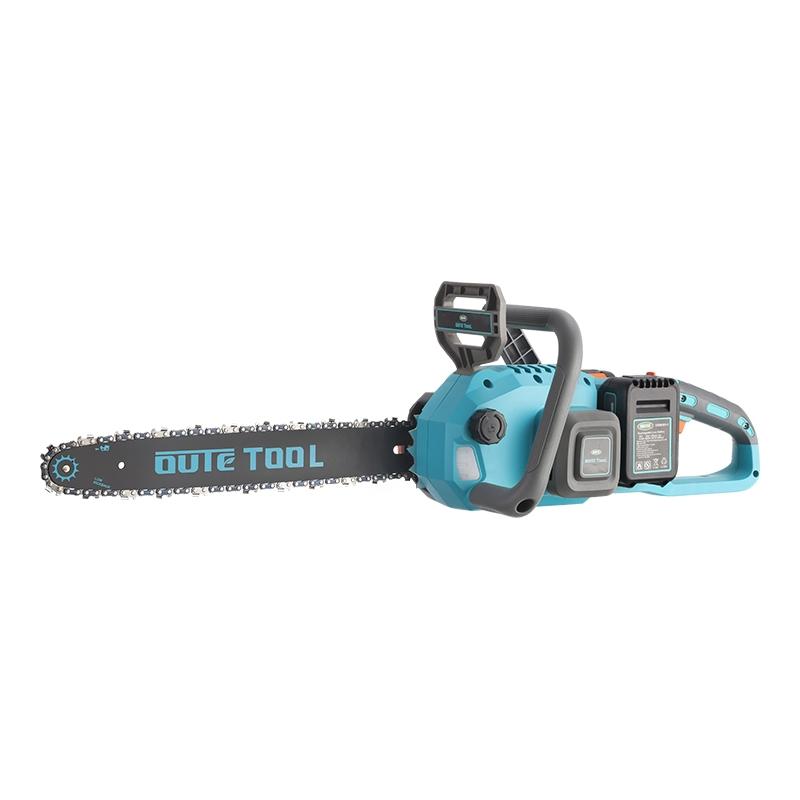
The purchasing conversation has also become more practical. Instead of comparing only bar length and motor numbers, buyers now ask how a chainsaw manages tension, how quickly its brake sets, and whether its lubrication rate changes under load. Those questions map directly to reduced downtime and more predictable costs, which is why the chainsaw category is showing steady interest from municipal grounds teams and facility managers.
With further refinement in motors and batteries, future designs may expand to diagnostics—tracking hours, prompting service, and logging performance. Even without that, the current generation of chainsaw models presents a clear value case: consistent cuts, measured safety systems, and less fuss over routine settings. For teams that measure productivity in hours instead of marketing terms, the chainsaw is becoming a sensible, well-documented choice.
